Compliance Programme Remediation: Bringing Overdue Projects Back on Track
In my role as the lead for a Compliance Programme remediation, I was tasked with managing the recovery of a highly challenging initiative consisting of 13 projects—all of which were over budget and months behind schedule. The programme had reached a critical point, with business stakeholders and third-party suppliers increasingly frustrated by delays and lack of progress. Through decisive action, I was able to regain control of the programme, rebuild relationships, and ensure future success. Here’s how I achieved those results.
Key Achievements
1. Reprioritising and Consolidating Deliverables
The first critical step in the remediation process was conducting a full review of the programme to reprioritise and consolidate similar deliverables. By engaging with both the internal business teams and third-party suppliers, I was able to identify areas of overlap and inefficiency. This allowed us to group similar workstreams and streamline the delivery process, reducing redundancies and ensuring that resources were allocated more effectively.
This prioritization exercise also involved close collaboration with key stakeholders to understand the most pressing compliance needs, ensuring that urgent deliverables were tackled first to reduce potential business risk.
2. Re-baselining the Programme
With the new structure in place, I re-baselined the entire compliance programme, creating a clear and realistic delivery schedule. This involved:
- Establishing new milestones that were achievable within the revised timelines.
- Adjusting budget allocations to reflect the revised project scopes and priorities.
- Setting up progress tracking mechanisms to monitor deliverables against the new plan.
By creating this revised delivery framework, the programme was able to regain momentum, and stakeholders were reassured that there was now a realistic plan in place to meet their needs.
3. Securing Quick Implementation Wins
One of the most effective strategies for rebuilding trust with stakeholders and suppliers was securing quick implementation wins. By identifying smaller, high-impact deliverables that could be completed quickly, we were able to demonstrate immediate progress. These early wins helped to restore confidence in the programme’s new direction and created a sense of momentum.
For the business, these wins provided tangible evidence that improvements were underway, which helped alleviate some of the frustration stemming from the project’s previous delays.
4. Rebuilding Relationships with the Business and Third-Party Suppliers
The programme had previously suffered from strained relationships between the business and third-party suppliers. To address this, I worked closely with all parties to rebuild trust and re-establish effective communication channels. This involved:
- Hosting regular status meetings with the business and suppliers to ensure transparency and clear communication.
- Addressing concerns directly and implementing solutions quickly to show commitment to resolving issues.
- Aligning supplier deliverables with business priorities to ensure everyone was working towards the same goals.
This relationship-building was crucial for ensuring the long-term success of the programme, as it fostered a more collaborative and cooperative working environment.
5. Developing a Speedy but Robust Implementation Framework
To ensure the ongoing success of the compliance programme, I developed a robust implementation framework that combined technical, process, and people change management strategies. This framework allowed for fast, efficient implementation without sacrificing quality or oversight.
The framework included:
- Clear governance structures: Ensuring that all stakeholders had defined roles and responsibilities.
- Process improvement: Streamlining workflows to reduce bottlenecks and improve delivery speed.
- Change management: Focusing on the people side of change to ensure that all teams were on board with new processes and systems, reducing resistance and ensuring smoother transitions.
This holistic approach balanced technical implementation with the equally important elements of process and people management, creating a more sustainable platform for ongoing compliance programme delivery.
Conclusion
Managing the recovery of the company’s compliance programme required a combination of strategic reprioritization, effective communication, and relationship-building. By consolidating similar deliverables, re-baselining the project, and securing quick wins, I was able to regain control of the programme and restore trust among stakeholders and suppliers.
The development of a speedy but robust implementation framework provided a sustainable platform for continued success, balancing technical execution with critical process and people management. The result was a re-energized compliance programme that not only met the immediate needs of the business but also ensured long-term stability and efficiency in ongoing compliance efforts.
Project Detail
Industry: Housing
Methodology: Agile
Technology: Various
Sponsor: Compliance Director

